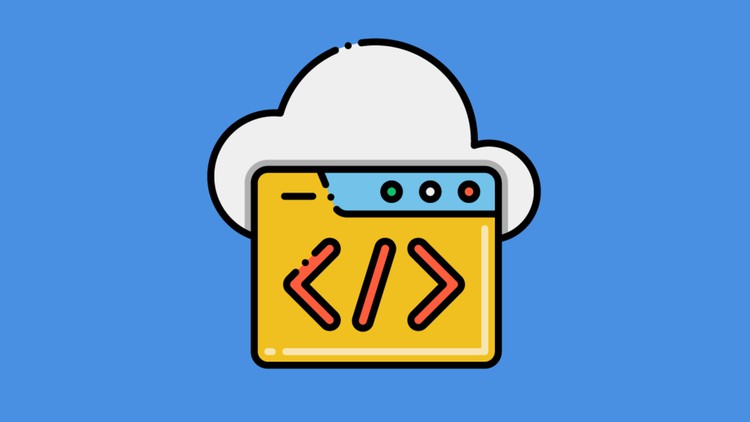Business Intelligence Analyst – Power BI ,Tableau
Data Analysis and Data Visualisation with Power BI and Tableau
What you’ll learn
Business Intelligence Analyst – Power BI ,Tableau
-
Connect to various data sources with Power BI
-
Connect to various data sources with Tableau
-
Clean and transform data with Power BI
-
Clean and transform data with Tableau
-
Analyse data with Power BI
-
Analyse data with Tableau
-
Create data visualization with Power BI
-
Create data visualization with Tableau
Requirements
A computer and internet access required
Description
Business intelligence (BI) helps organizations analyse historical and current data, so they can quickly uncover actionable insights for making strategic decisions.
Business intelligence tools make this possible by processing large data sets across multiple sources and presenting findings in visual formats that are easy to understand and share.
The Business intelligence systems combine data gathering, data storage, and knowledge management with data analysis to evaluate and transform complex data into meaningful, actionable information, which can be used to support more effective strategic, tactical, and operational insights and decision-making.
Business intelligence environments consist of a variety of technologies, applications, processes, strategies, products, and technical architectures used to enable the collection, analysis, presentation, and dissemination of internal and external business information.
How business intelligence works
There are four keys steps that business intelligence follows to transform raw data into easy-to-digest insights for everyone in the organization to use. The first three—data collection, analysis, and visualization—set the stage for the final decision-making step. Before using BI, businesses had to do much of their analysis manually, but BI tools automate many of the processes and save companies time and effort.
Step 1: Collect and transform data from multiple sources
Business intelligence tools typically use the extract, transform, and load (ETL) method to aggregate structured and unstructured data from multiple sources. This data is then transformed and remodelled before being stored in a central location, so applications can easily analyse and query it as one comprehensive data set.
Step 2: Uncover trends and inconsistencies
Data mining, or data discovery, typically uses automation to quickly analyse data to find patterns and outliers which provide insight into the current state of business. BI tools often feature several types of data modelling and analytics—including exploratory, descriptive, statistical, and predictive—that further explore data, predict trends, and make recommendations.
Step 3: Use data visualization to present findings
Business intelligence reporting uses data visualizations to make findings easier to understand and share. Reporting methods include interactive data dashboards, charts, graphs, and maps that help users see what’s going on in the business right now.
Step 4: Take action on insights in real time
Viewing current and historical data in context with business activities gives companies the ability to quickly move from insights to action. Business intelligence enables real time adjustments and long-term strategic changes that eliminate inefficiencies, adapt to market shifts, correct supply problems, and solve customer issues.
Power BI is a collection of software services, apps, and connectors that work together to turn your
unrelated sources of data into coherent, visually immersive, and interactive insights. Your data may be an Excel spreadsheet,
or a collection of cloud-based and on-premises hybrid data warehouses. Power BI lets you easily connect to your data sources,
visualize and discover what’s important, and share that with anyone or everyone you want.
Power BI consists of several elements that all work together, starting with these three basics:
- A Windows desktop application called Power BI Desktop.
- An online SaaS (Software as a Service) service called the Power BI service.
- Power BI mobile apps for Windows, iOS, and Android devices.
Tableau is a data visualization and business intelligence tool used for reporting and analysing vast volumes of data.
It helps users create different charts, graphs, maps, dashboards, and stories for visualizing and analysing data, to help in making business decisions.
It can connect to several data sources . Tableau enables users to create reports by joining and blending different datasets
Who this course is for:
- Beginner Data Analyst
- Beginner BI Analyst
- The beginner Data Engineers
- Beginner Data Scientist
- Last updated 8/2021
Microsoft Power BI – A Complete Introduction Course










